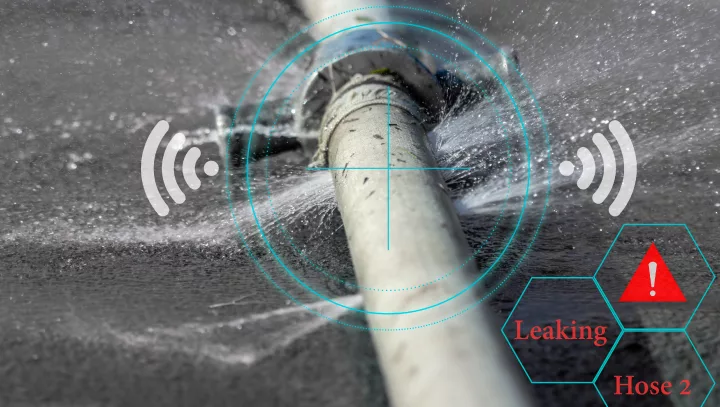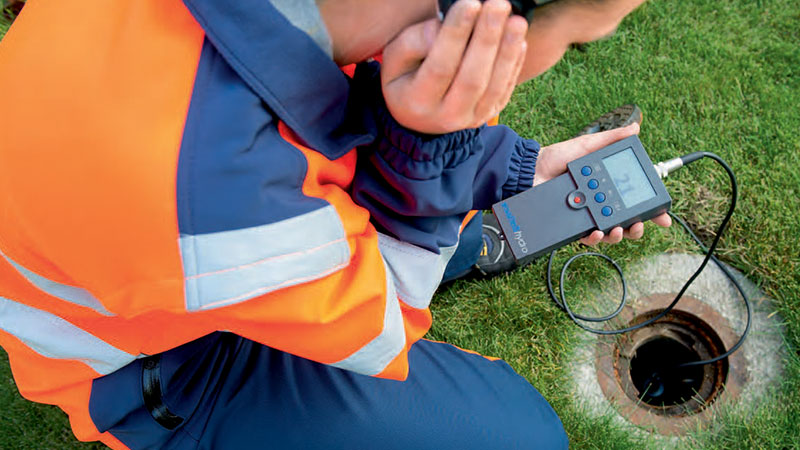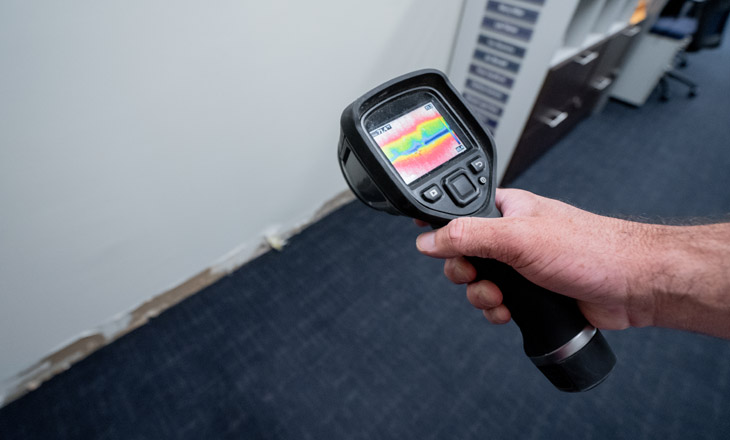Ingenious Solutions for Very Early Detection of Water Leakages in Buildings and Framework
As the stability of structures and facilities is paramount, the difficulty of very early discovery of water leakages has stimulated ingenious remedies that guarantee to revolutionize the means we safeguard versus possible damages. From cutting-edge leakage discovery innovations to the release of IoT sensing units for real-time surveillance, the landscape of leak avoidance is advancing quickly. Artificial intelligence algorithms use a look into the future of leak forecast, while thermal imaging provides a non-intrusive method for pinpointing covert leaks. Automated water flow evaluation systems are reshaping how leakages are determined and attended to, leading the way for a positive method to water leak discovery. Each of these services holds the crucial to ensuring the dependability and durability of our built environment, triggering a shift in the direction of a more lasting and reliable future.
Advanced Leakage Discovery Technologies
Advanced leakage detection technologies, outfitted with sophisticated sensing units and algorithms, play a critical function in promptly identifying and pinpointing water leaks in different settings. Electromagnetic sensors can identify adjustments in electromagnetic areas caused by water, supplying yet another layer of leakage detection ability.

IoT Sensors for Real-Time Monitoring
In the realm of modern-day water leak detection, the combination of IoT sensing units for real-time monitoring stands for a pivotal improvement in enhancing proactive leakage discovery abilities. These sensing units provide continual monitoring of water systems, giving real-time information on water flow prices, stress variants, and temperature level modifications. By leveraging IoT technology, these sensors can find also the tiniest anomalies in water usage patterns, allowing early identification of potential leaks before they escalate into significant concerns.
IoT sensing units send information to a central platform, where sophisticated algorithms analyze the information and generate signals or alerts when abnormalities are discovered. This real-time tracking capability allows residential property proprietors or facility managers to promptly address leakages, decreasing water damages, decreasing repair work costs, and preserving water sources.
Moreover, IoT sensors can be integrated with structure administration systems, allowing for automated feedbacks to identified leakages, such as shutting off water shutoffs or triggering pumps to reduce the influence of leakages. In general, the implementation of IoT sensing units for real-time tracking considerably enhances the efficiency and performance of water leak discovery in buildings and framework.
Maker Learning Algorithms for Leakage Prediction

One key benefit of utilizing artificial intelligence for leak forecast is its capability to continuously discover and enhance its accuracy gradually. As more data is accumulated and fed right into the algorithm, it can improve its forecasts and adapt to basics altering conditions, inevitably boosting the dependability of leak discovery systems.
Furthermore, artificial intelligence algorithms can aid in identifying refined signs of leakages that may go undetected by conventional surveillance methods. water leak detection. By assessing complex information embed in real-time, these formulas can supply early cautions and notifies, enabling for timely intervention and preventative maintenance to mitigate potential water damage and linked prices
Using Thermal Imaging for Leakage Discovery
Thermal imaging modern technology provides an appealing strategy for finding water leakages in various systems and infrastructures. By utilizing infrared radiation and temperature level variations, thermal imaging video cameras can determine surprise leakages that are not quickly noticeable to the naked eye. When water escapes from pipelines or frameworks, it usually alters the temperature of the surrounding area, producing temperature level differentials that thermal electronic cameras can capture. These temperature irregularities are then equated right into noticeable images, highlighting the exact location of the leak.
Among the essential advantages of thermal imaging for leak detection is its non-intrusive nature. Unlike conventional methods that might need burglarizing walls or floors to situate leakages, thermal imaging enables non-destructive testing. This not only saves time and minimizes expenses yet likewise lessens disturbance to the building or facilities being assessed. Furthermore, thermal imaging can rapidly scan big locations, giving a comprehensive overview of prospective leakage sources in a prompt manner. Overall, the use of thermal imaging technology improves the performance and precision of water leakage discovery, making it a valuable device for keeping the integrity of buildings and facilities.
Automated Water Flow Analysis Solutions
How can automated water circulation analysis systems reinvent the detection and administration of leaks in different systems and infrastructures? Automated water circulation analysis systems use a proactive technique to leak detection by continually checking water flow rates and patterns. By developing baseline data, these systems can promptly identify inconsistencies that may show a leak, making it possible for timely treatment to avoid extensive damages.
These systems utilize innovative formulas to great post to read analyze real-time information and offer prompt notifies when abnormalities are found, enabling swift activity to be taken. Additionally, computerized water flow evaluation systems can be integrated with structure management systems or IoT platforms, improving total efficiency and allowing remote monitoring abilities.
Additionally, the data accumulated by these systems can be used for anticipating maintenance purposes, assisting to determine potential weak points in the facilities prior to leaks occur. Generally, the application of automatic water flow analysis systems can considerably enhance leak detection and management practices, eventually causing cost savings, decreased water waste, and raised sustainability in buildings and infrastructure.

Verdict
Finally, the combination of innovative leak detection modern technologies, IoT pop over to these guys sensing units, device understanding algorithms, thermal imaging, and computerized water flow analysis systems uses ingenious solutions for early detection of water leaks in structures and framework. These innovations allow real-time surveillance, forecast of leakages, and effective detection methods to stop water damage and waste. Executing these options can assist in maintaining the integrity and sustainability of water systems in various settings.